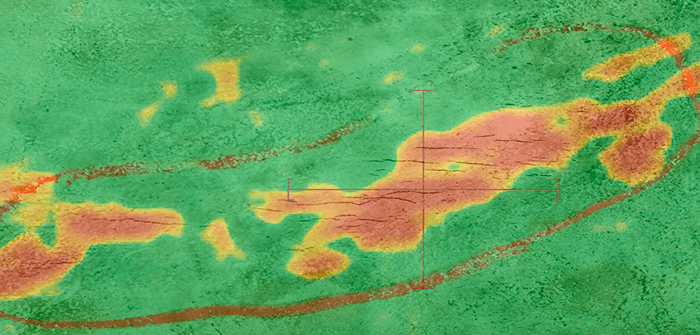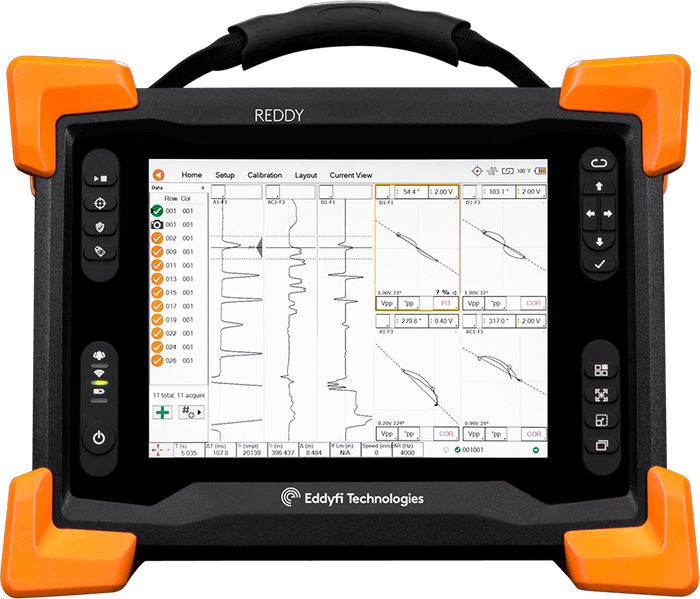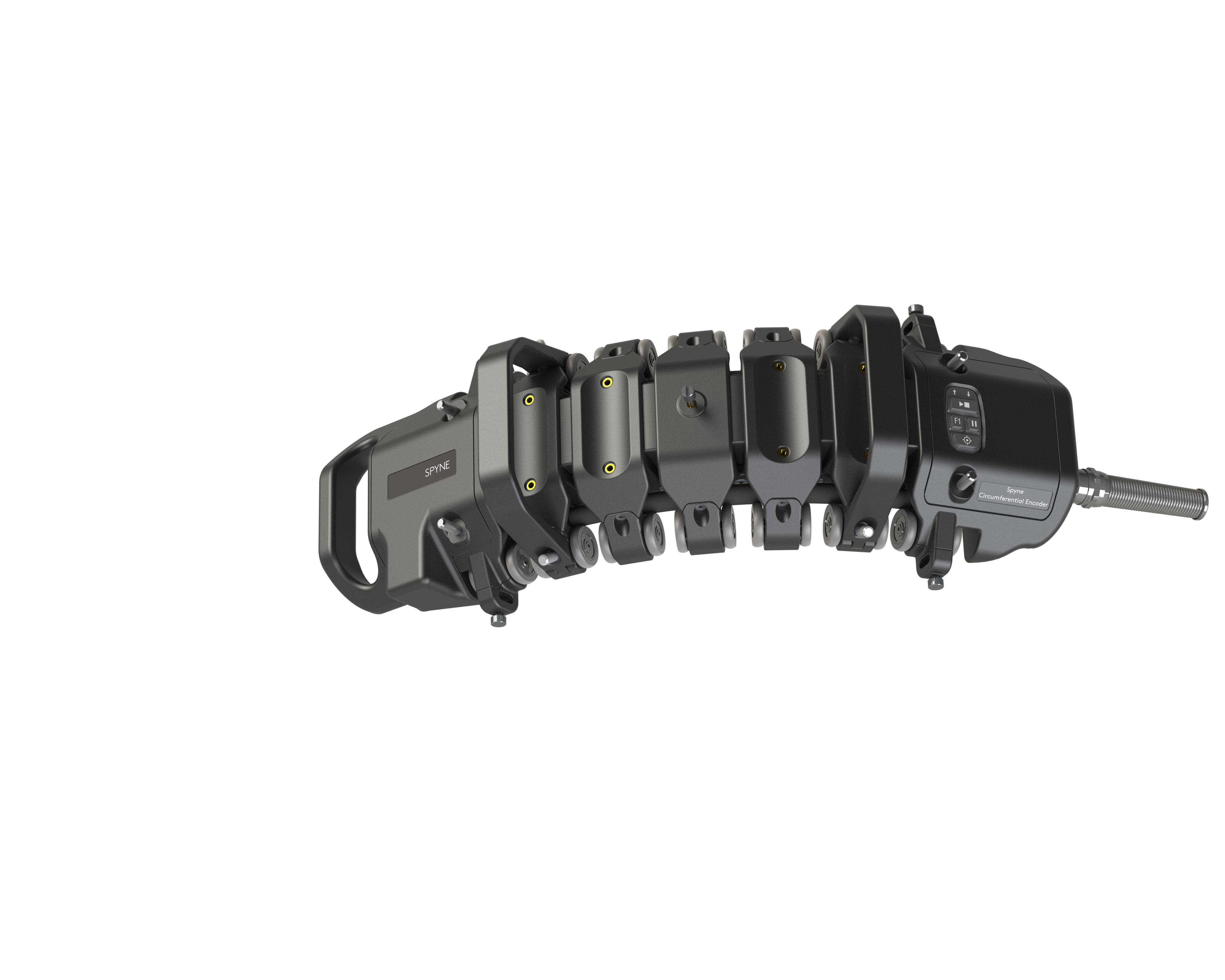High Humidity Impact on Pipe Inspection Using the Wrong Method
Ask an expertThe phenomenon of what is referred to as sweating pipes is condensation formed on the surface of both liquid and gas pipelines in response to ambient temperature, operating temperature, or product temperature in the pipeline, combined with the dew point or humidity level in the air. For example, condensation forms when humid air encounters a chilled pipe or related component; the air loses its capacity to hold water vapor and the excess water results in droplets on or near the cold surface. Both cold and humid air or hot product in pipelines can also produce pipe sweat. This condensation process affects piping and components year-round, whether it is spring in Northern Alberta or May through October in the Gulf Coast states prone to extreme humidity.
While condensation does not stop, neither does the need for routine inspection of these oil and gas pipelines to determine their fitness-for-service (FFS). When an in-line inspection (ILI) tool reports an indication, pipeline operators are required to perform a direct assessment on the area in question. A common indication result is Stress Corrosion Cracking (SCC), and one of the main Non-Destructive Testing (NDT) methods used when SCC is suspected is Magnetic Particle Testing (MPT or MPI).
The Challenge
Inspect pipeline surfaces featuring condensation with more reliable results than conventional methods currently used
MPT is a very broad and well-known inspection process, but like any other NDT method, it comes with its own limitations including being heavily user dependent. In the case of condensation resulting from a pipeline’s environment, sweating pipes present a challenge for the effective use of MPT for surface examination. Pipeline operators typically understand any areas or lines that are susceptible to sweating and most will try to schedule direct assessment digs around this problem, but it is not always possible to avoid entirely. In fact, these scheduled digs that may lessen the impact of pipe sweat impede other aspects of coordinating dig programs.
There are other tactics used to combat sweating pipes, but technicians are still faced with obstacles. This includes drying the surface using rags and then spraying with white contrast paint before it starts causing blistering or washes away. This obviously increases the inspection time required while decreasing the overall inspection quality. Operators have covered the ditch and brought in industrial dehumidifiers, resulting in significantly higher costs for a somewhat moderately effective inspection. The use of water based wet fluorescent MPI has also been employed, which comes with its own set of challenges; this forces the need for tarps over the work area or for inspections to be performed at night. It is difficult to take quality photographs of the features with the sheen on the surface and the glare that occurs with or without flash images shot. This interrupts the ability to work effectively and safely and keep the rest of the dig site activities moving forward. Additionally, flash rusted surfaces, turning a blasted surface orange, makes MPI extremely difficult as the rust potentially masks any small surface cracks. Finally, even with all these additional efforts, it is hard to define what percentage of coverage is being achieved. Under normal conditions, MPI can already miss multiples indications and the presence of surface condensation just make it worse.
The Solution
An Eddy Current Array (ECA) tool not impacted by pipeline condensation offers objective, digital data

MPT Data Overlaid with C-Scan Results

Reddy® Portable Electromagnetic NDT System
Eddy Current Array (ECA) is a digital electromagnetic NDT technique that has proven to be a superior alternative to MPT. More specifically, ECA allows for the inspection of wet surfaces without degradation of data quality. The Spyne™ is an ECA tool that is designed to conform to the outside of pipelines, offering high efficiency and Probability of Detection (PoD).

Spyne™ Eddy Current Array (ECA) Probe
It is sensitive to cracks in all orientations, detecting anomalies in a single pass. Scanning is performed at speeds up to 600 millimeters (24 inches) per second over a 200-millimeter (8-inch) area. The Spyne works in combination with Reddy®, a robust and portable ECA instrument featuring a large touchscreen that displays color-coded maps, C-scans, generated by the tool. The easily interpreted data maximizes productivity for the detection of SCC on pipelines.
Request a quoteBenefits
- Faster inspection
- Minimized human factor
- Auditable results of otherwise missed defects common in pipelines
The efficiency gains with its fast speed coupled with reduced operator dependency, high PoD, and fully recorded data are obvious benefits for the Spyne. Because pipelines are susceptible to bursting from SCC without any prior wall thinning, utilizing advanced ECA technology for the early detection and characterization is paramount. Eddyfi Technologies has made it possible to find these indications right on time, every time. We present the advanced solution overcoming high humidity and other environments encouraging pipe sweat that delivers Beyond Current results pipeline operators need and can trust.








